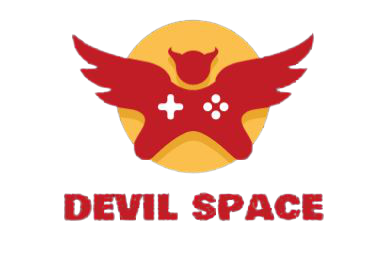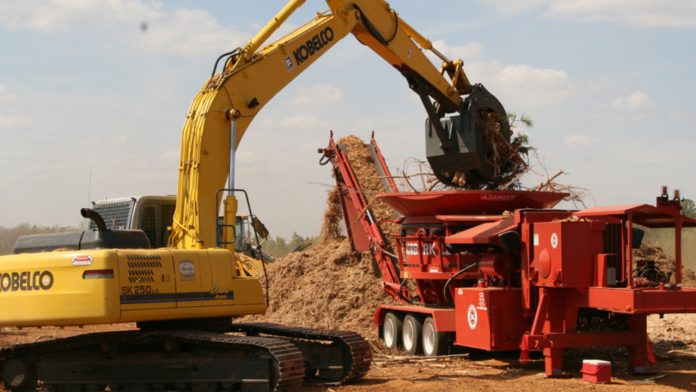Tub and horizontal grinders are machines used for recycling and reducing timber, biomass, and other natural materials. Wear components for these grinders, which include hammers, screens, hints, and inserts, are crucial for his or her efficient operation. Innovations in these wear elements include using carbide coatings and hardened steel to grow sturdiness and decrease downtime.
To know more about the tub and horizontal grinder wear parts click the link https://www.jyfmachinery.com/wood-shredder-and-grinder-wear-parts/. Additionally, some wear elements are designed for easy substitution and compatibility with various grinder models, helping to increase the lifestyles of the machinery and enhance operational efficiency.
Tips to Maintain Tub and Horizontal Grinder Wear Parts
Retaining tub and horizontal grinder wear components is crucial for ensuring the toughness and efficiency of your system. Right here are some first-class practices
Regular Inspection
Regular inspections are the cornerstone of effective protection. Operators should carry out visible assessments on wear elements to identify signs and symptoms of damage, cracks, or different damage. Pay close interest to key components inclusive of the hammers, tips, screens, and bolts. Additionally, use gauges or calipers to measure the thickness of wear elements, evaluating them in opposition to the producer’s specifications.
Right Lubrication
Lubrication reduces friction among shifting parts, accordingly minimizing wear and tear. Bearings and other shifting parts must be often lubricated in keeping with the manufacturer’s hints. The usage of the precise type and amount of lubricant is critical. Over-lubrication can appeal to debris, even as below-lubrication can grow friction, both of which could accelerate wear.
Timely Replacement of Wear Parts
Changing wear components before they fail is important to preserving the integrity of the grinder. Operators should establish a habit of replacing elements primarily based on the wear and tear patterns discovered throughout inspections. Constantly use original device manufacturer components for replacements. OEM elements are especially designed on your grinder version, ensuring compatibility, the most efficient performance, and reliability.
Cleaning and Debris Removal
After every use, it’s crucial to clean the grinder to put off any debris that may be worn or damaged. Particle construction can obstruct the grinder’s operation and boom put on additives. Frequently take a look at easy screens, infeed rollers, and discharge belts to ensure clean operation. The use of compressed air or a pressure washing machine can be effective for thorough cleansing.
Proper Operation
Working the grinder inside the manufacturer’s advocated parameters is vital. Avoid overloading the grinder, as this could place excessive strain on put-on elements, leading to premature failure. Make certain that the material is fed evenly and at a controlled price to prevent jamming and immoderate wear. Proper operation no longer prolongs the existence of wear elements however also enhances the machine’s general efficiency.
Alignment and Balancing
Right alignment and balancing of components are vital to reducing choppy wear. Misalignment can motivate parts to put on quicker in one aspect, mainly to common replacements. Often test the alignment of the hammermill, anvil, and displays. Moreover, ensure that each rotating element, inclusive of the rotor and hammers, is balanced to limit vibration that could accelerate wear.
Use of Quality Materials
Purchasing premium wear parts composed of sturdy materials can significantly increase their longevity. Materials such as high chromium steel, carbide, and tungsten are typically utilized because of their ability to withstand impact and abrasion. Even though superb components can also have a higher initial fee, their prolonged sturdiness can bring about long-term savings.
Regular Maintenance Schedule
Setting up and adhering to an everyday preservation schedule is essential. Create a detailed upkeep plan that consists of each day, weekly, and month-to-month obligations. Everyday responsibilities may consist of visual inspections and cleaning, whilst weekly responsibilities may involve greater thorough inspections and lubrication. Monthly duties would possibly include distinctive measurements and part replacements.
Conclusion
Maintaining tub and horizontal grinder wear parts requires regular inspections, proper lubrication, timely replacements, thorough cleaning, and accurate operation. Ensuring alignment, using excellent substances, following a renovation timetable, and imparting operator training are essential. These practices decrease downtime, lessen protection costs, and maximize grinder performance, ensuring sturdiness and efficiency in operations.







